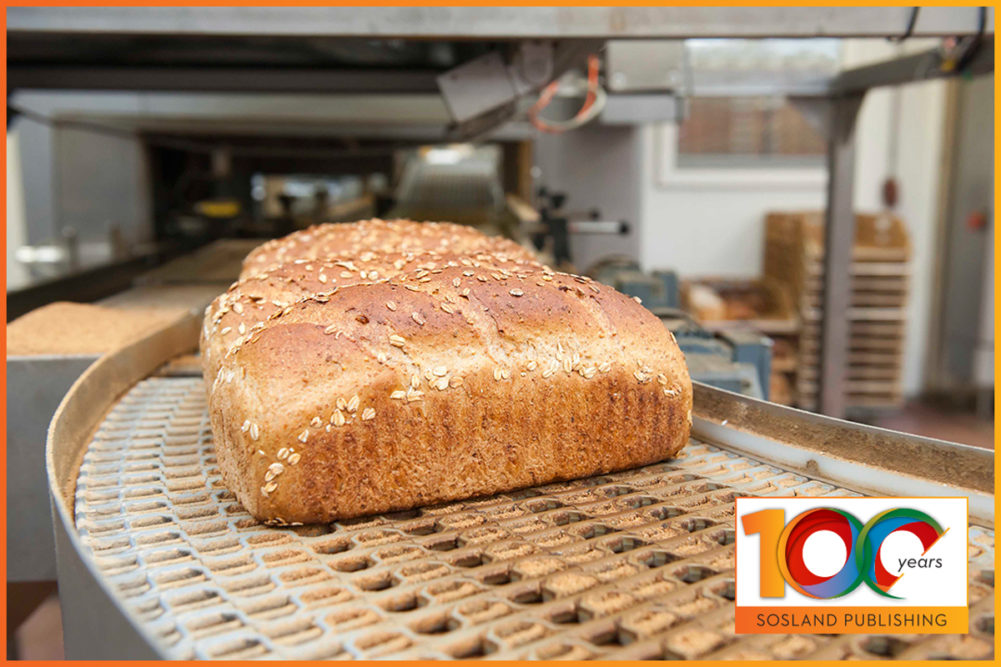The movement toward clean label, generally defined as ingredients consumers readily recognize, has led to many exciting ingredient innovations as bakers rush to remove stand-by ingredients that have enabled the commercial scale production of baked goods. Clean label as a term doesn’t have a regulated meaning, though many companies base their clean label formulation decisions on what is accepted at retailers such as Whole Foods or regulations such as California’s Safe Drinking Water and Toxic Enforcement Act of 1986, also known as Proposition 65.
Proposition 65 requires companies to disclose whether their products contain any of the 900 substances included in its list of toxic chemicals, or those that could cause cancer, birth defects or other reproductive harm at significant exposure. This disclosure includes a regulated warning label, and companies found omitting the warning could be fined up to $2,500 per day for each violation. While this law technically only applies to products sold in California, many companies include the label on all products sold in the US as a precaution if they contain a listed chemical. Ideally, however, companies reformulate their products, which has led to much innovation in the baking industry, specifically around enzymes.
“Labeling became an issue; people were shocked to read all those chemical terms on their bread labels,” said Kees Docter, retired senior director of technical services for Lallemand Baking. “But with enzymes, it’s just enzymes, which are naturally occurring.”
Mr. Docter’s longtime colleague Jan van Eijk, PhD, retired research director of Lallemand Baking, spent much of his 38-year career developing enzymes for the baking industry as it strove to find clean label solutions for dough conditioning and shelf life. After joining Lallemand Baking, Dr. van Eijk moved to the US from The Netherlands where he saw the clean label movement begin to pick up steam. With his experience baking in Europe, where chemicals like bromate had already been removed, he applied his knowledge to developing enzymes for the US baking industry.
“We wanted to be the first to the clean label solution,” Mr. Docter said. “We saw that coming, and we wanted to be first, and with our experience making bread in Europe, we knew we could do it.”
The game changer for enzymes, according to Yangling Yin, PhD, director of RD&A, ingredient solutions, Corbion, was the ability to use genetically modified substrates to gain control of enzymes. Before this time, about six or seven years ago, enzymes were difficult to control. They’re sensitive to their environment, and bakeries are inconsistent places with changing ambient temperatures, humidity and flour quality. Harnessing enzymes through GMO substrates made these ingredients more consistent and easier to use.
As consumer demand has pushed the industry toward enzymes, cost has also played a factor.
“There’s not just a label improvement but a cost reduction,” Dr. Yin said. “The gluten shortage, for example: gluten by itself is very expensive. We’re not even talking about the availability issue, but it’s just not sustainable in this crisis. People are looking at enzymes as a sustainable and cost-saving solution.”
With the commercialization of enzymes bakers have been able to move from emulsifiers to strengthen dough, soften dough and even extend shelf life, where the baking industry continues to reach new heights.
This article is an excerpt from the June 2022 issue of Baking & Snack. To read the entire feature on Centennial Report: Leaps in Technology, click here.






